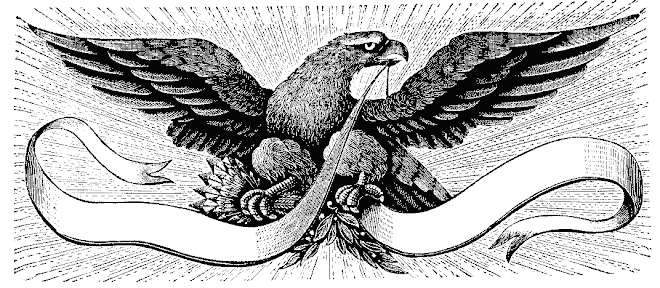From The CATO Institute:
July 12, 2010
Bad Medicine: A Guide to the Real Costs and Consequences of the New Health Care Law
by Michael D. Tanner
Michael Tanner is a senior fellow with the Cato Institute and co-author of Healthy Competition: What's Holding Back Health Care and How to Free It.
--------------------------------------------------------------------------------
PRINT PAGE CITE THIS Sans Serif Serif Share with your friends:
ShareThisFor better or worse, President Obama's health care reform bill is now law. The Patient Protection and Affordable Care Act represents the most significant transformation of the American health care system since Medicare and Medicaid. It will fundamentally change nearly every aspect of health care, from insurance to the final delivery of care.
The length and complexity of the legislation, combined with a debate that often generated more heat than light, has led to massive confusion about the law's likely impact. But, it is now possible to analyze what is and is not in it, what it likely will and will not do. In particular, we now know that:
•While the new law will increase the number of Americans with insurance coverage, it falls significantly short of universal coverage. By 2019, roughly 21 million Americans will still be uninsured.
•The legislation will cost far more than advertised, more than $2.7 trillion over 10 years of full implementation, and will add $352 billion to the national debt over that period.
•Most American workers and businesses will see little or no change in their skyrocketing insurance costs, while millions of others, including younger and healthier workers and those who buy insurance on their own through the non-group market will actually see their premiums go up faster as a result of this legislation.
•The new law will increase taxes by more than $669 billion between now and 2019, and the burdens it places on business will significantly reduce economic growth and employment.
•While the law contains few direct provisions for rationing care, it nonetheless sets the stage for government rationing and interference with how doctors practice medicine.
•Millions of Americans who are happy with their current health insurance will not be able to keep it.
In short, the more we learn about what is in this new law, the more it looks like bad news for American taxpayers, businesses, health-care providers, and patients.
Printed copies of "Bad Medicine" are available at the Cato Bookstore for $10.
A READER ON THE STATE OF THE POLITICAL DECAY AND IDEOLOGICAL GRIDLOCK BETWEEN ONE GROUP WHO SEEK TO DESTROY THE COUNTRY, AND THOSE WHO WANT TO RESTORE IT.
The Rise and Fall of Hope and Change




Alexis de Toqueville
The American Republic will endure until the day Congress discovers that it can bribe the public with the public's money.
Alexis de Tocqueville
Alexis de Tocqueville
The United States Capitol Building

The Constitutional Convention

The Continental Congress

George Washington at Valley Forge



No comments:
Post a Comment